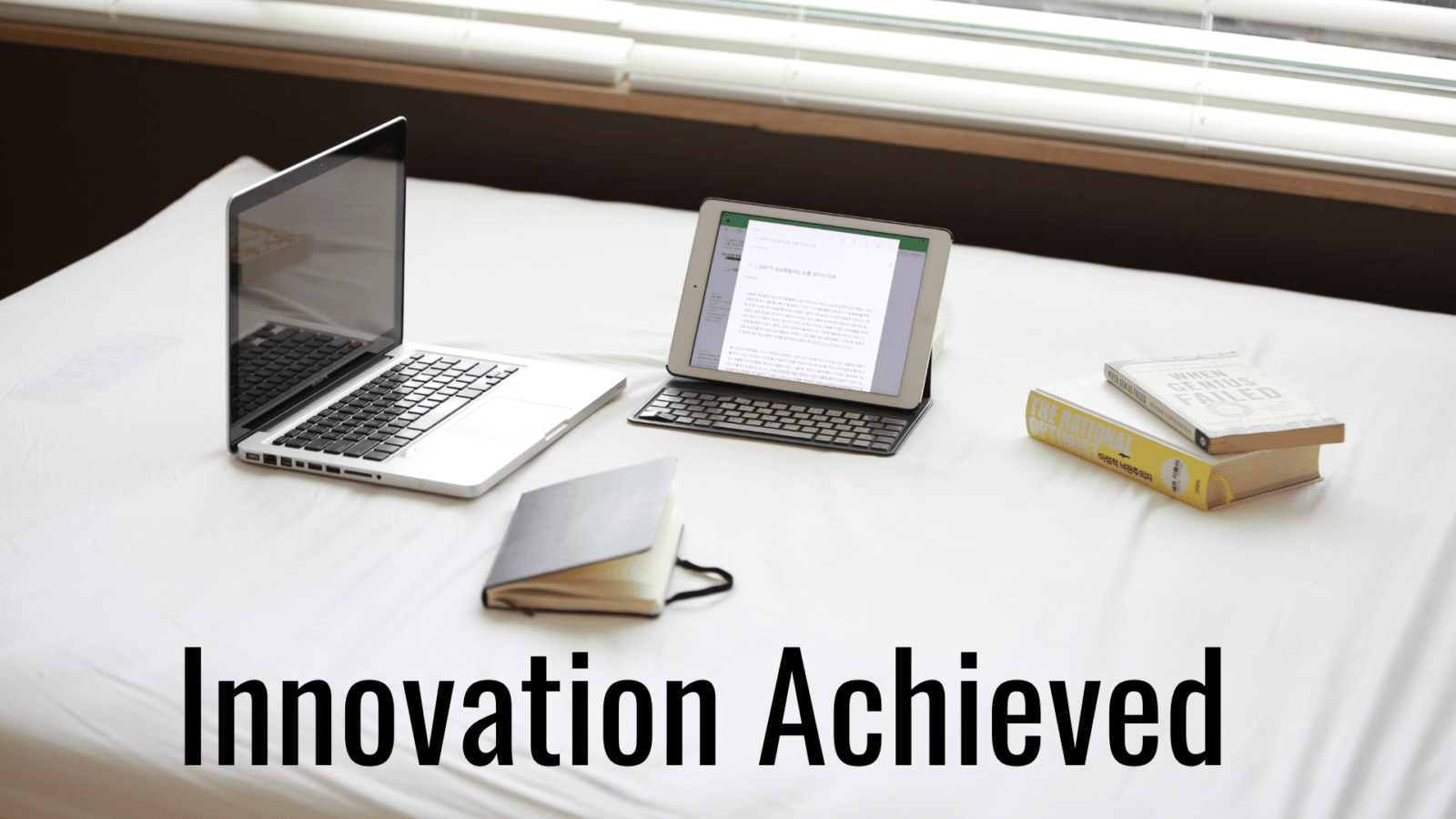🌍 Solving Problems by Disrupting Non-Sustainable Systems
“You don’t fix a broken system by upgrading it—you transform it.”
🔁 Typical System Thinking Flow (Optimizing):
- Problem → Action → System Working → Outcome
- Works great for incremental improvements
But…
⚡ Disruption Path: Breaking the Loop
- Problem → Identify Root Dysfunction → Disrupt System → Design New Model → Sustainable Outcome
🛑 When Optimization Fails
Examples of non-sustainable systems that needed disruption:
| System | Unsustainable Pattern | Disruption | Impact |
|---|---|---|---|
| Energy | Fossil fuel dependency | Renewable energy (solar, wind) | Lower emissions, new jobs |
| Food | Industrial agriculture | Regenerative farming | Healthier soil, local economies |
| Education | Rigid, test-heavy model | Personalized, project-based learning | Better engagement, real-world skills |
| Healthcare | Sickness treatment focus | Preventative & holistic care | Reduced long-term costs |
| Finance | Exclusion of unbanked | Decentralized finance (DeFi) | Increased access and autonomy |
🧠 Key Tools for Disruptive Systems Thinking
| Tool | What It Does |
|---|---|
| Leverage Points | Finds pressure spots where small change = big shift |
| Mental Models | Challenges ingrained assumptions |
| Loop Breaking | Interrupts destructive feedback cycles |
| System Redesign | Builds a new loop that’s sustainable |
💥 Visual Concept: Disruptive Loop Reset
Current Loop (unsustainable):
Problem ➜ Temporary Fix ➜ Feedback ➜ Bigger Problem
Disruptive Path:
Problem ➜ Expose Root Cause ➜ Disrupt ➜ Redesign System ➜ Sustainable Benefit
✅ Result: Real Change
Disrupting non-sustainable systems leads to:
- Long-term cost savings 💸
- Higher resilience 🔁
- Increased equity and access 🌍
- Reduced risk of collapse ⚠️




